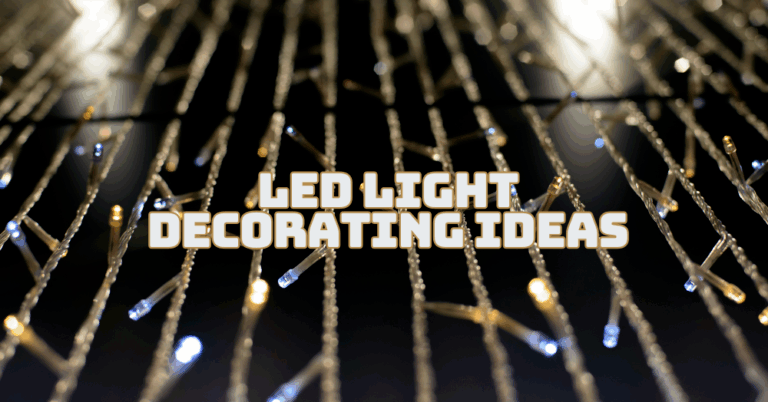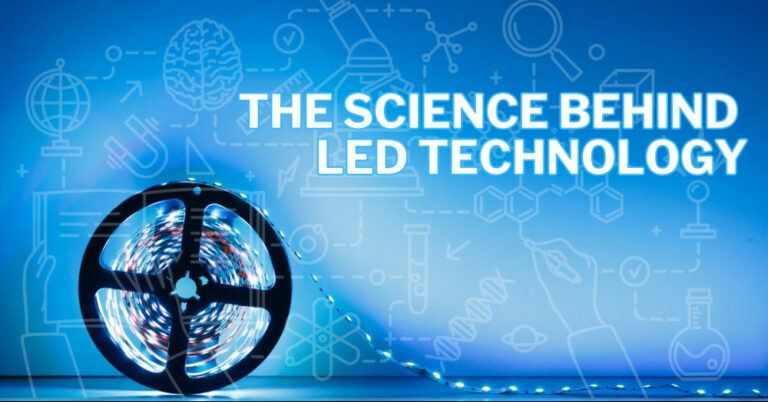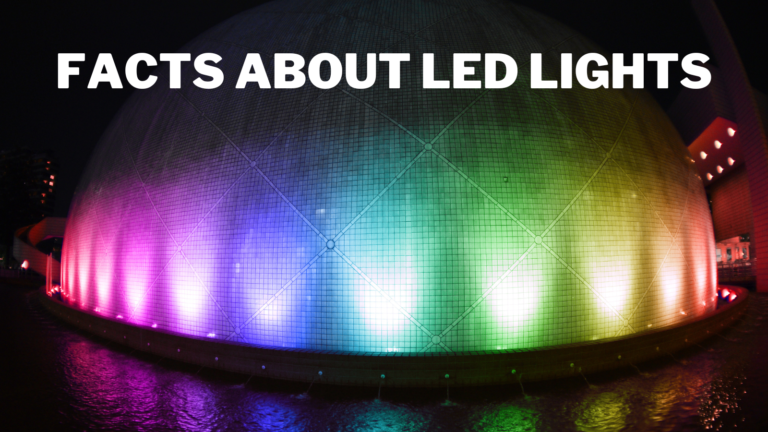Best LED Lighting For Sustainable Architecture
Best LED Lighting For Sustainable Architecture
LED lighting for sustainable architecture has emerged as a revolutionary solution in pursuing sustainable architecture and environmentally conscious design.
As the world grapples with energy consumption challenges and the need for eco-friendly alternatives, LED lighting stands at the forefront of the lighting industry, offering unparalleled energy efficiency, longevity, and reduced environmental impact.
From residential buildings to commercial spaces and urban landscapes, LED lighting transforms how we illuminate our surroundings while contributing significantly to a greener and more sustainable future.
In this article, we will delve into the key features and advantages of LED lighting in sustainable architecture, highlighting its role in shaping a more energy-efficient and environmentally responsible world.
LED Lighting Technology
LED (light-emitting diode) lighting technology is a revolutionary and energy-efficient lighting solution that has transformed the landscape of sustainable architecture.
Unlike traditional incandescent or fluorescent bulbs, LEDs produce light by passing an electric current through a semiconductor material, which emits photons in response.
An LED's key components include a semiconductor chip, a heat sink, and a diffuser or lens to control the light output.
The semiconductor material used in LEDs determines the colour of the emitted light, allowing for the production of a wide range of colours without the need for filters.
One of the primary principles behind LED lighting's energy efficiency is that it produces significantly less heat than traditional bulbs.
This ensures a greater percentage of electrical energy is converted into visible light, minimizing energy wastage.
As a result, LEDs consume up to 90% less energy than incandescent bulbs, making them an eco-friendly choice for sustainable architecture.
Additionally, LEDs have a longer lifespan, lasting up to 25 times longer than traditional bulbs, reducing maintenance costs and electronic waste.
These characteristics make LED lighting an integral part of sustainable architecture, contributing to energy conservation and reducing environmental impact.
Environmental Benefits Of LED Lighting
LED lighting offers numerous environmental benefits, making it an ideal choice for sustainable architecture. One of the most significant advantages is its remarkable energy efficiency.
Compared to traditional incandescent bulbs, LEDs use up to 90% less energy to produce the same light, resulting in substantial energy savings and reduced electricity consumption.
This reduction in energy usage directly translates to lower greenhouse gas emissions, contributing to mitigating climate change and reducing the overall carbon footprint of buildings.
Furthermore, LED lighting is directional, emitting light in a specific direction rather than scattering it in all directions like traditional bulbs.
This directional lighting helps minimize light pollution, reducing the amount of wasted light that spills into the night sky and adversely affects wildlife and natural ecosystems.
Another environmental benefit of LED lighting is its extended lifespan. LED bulbs can last up to 25 times longer than incandescent bulbs, reducing the need for frequent replacements and generating less electronic waste.
Consequently, this helps conserve resources and reduce the environmental impact associated with manufacturing and disposing of lighting products.
Overall, adopting LED lighting in sustainable architecture plays a crucial role in conserving energy, curbing greenhouse gas emissions, protecting natural habitats from light pollution, and promoting responsible waste management practices, all contributing to a greener and more environmentally sustainable future.
LED Lighting For Sustainable Architecture
LED lighting significantly promotes sustainable architecture due to its numerous advantages that align with eco-friendly principles. Here are some ways LED lighting helps achieve sustainability in architecture:
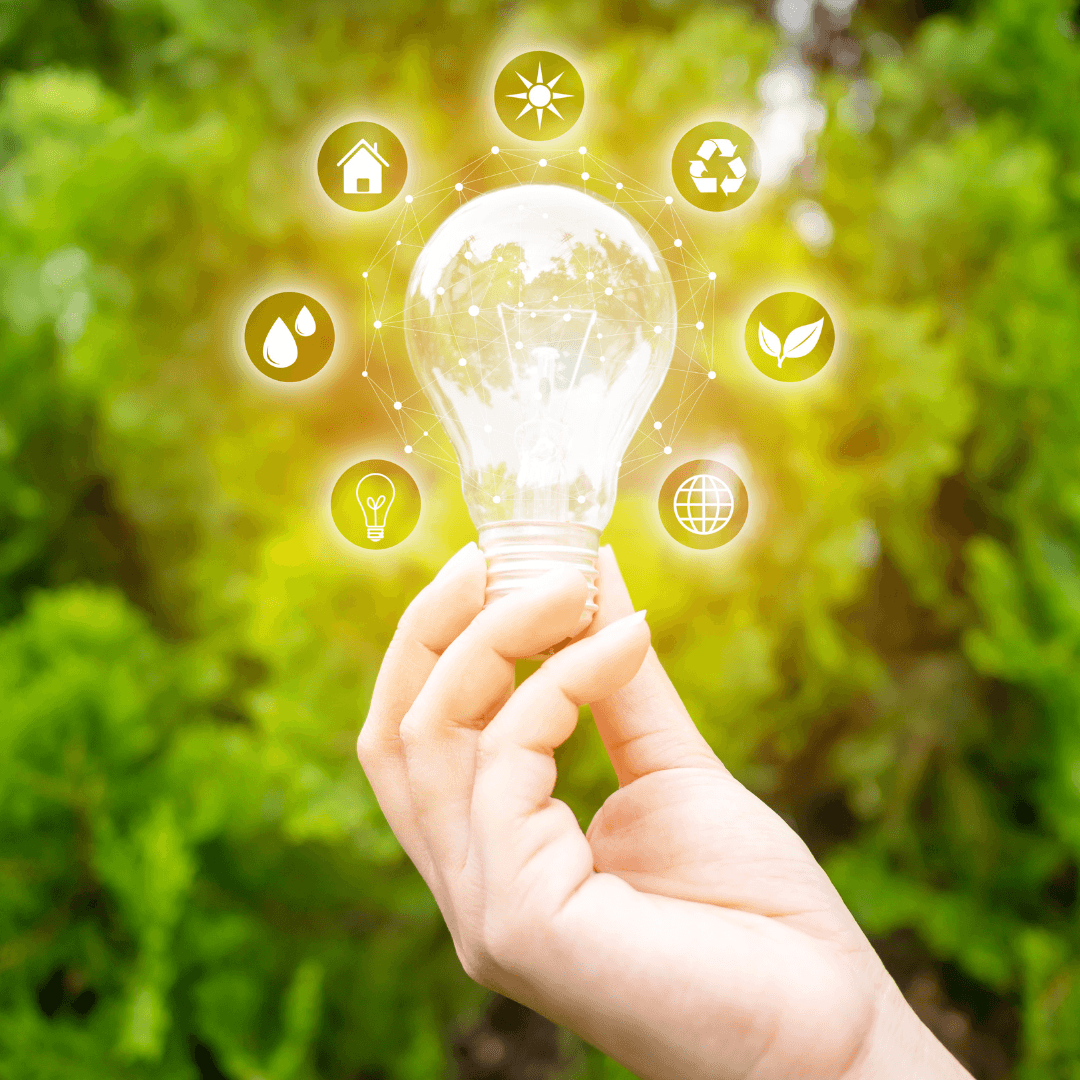
1. Energy Efficiency
LED Lighting For Sustainable Architecture is a paramount feature of sustainable building design.
Unlike traditional lighting technologies that emit a substantial amount of heat, LED bulbs convert almost all of their energy into visible light, minimizing wasteful energy dissipation in the form of heat.
This remarkable energy-saving characteristic is due to the solid-state design of LEDs, where electrons within a semiconductor material emit photons to produce light.
As a result, LED bulbs use up to 80-90% less energy than incandescent bulbs, and their energy consumption is significantly lower than fluorescent lighting.
The efficiency of LED lighting not only leads to cost savings for building owners through reduced electricity bills but also contributes to the conservation of energy resources.
Additionally, the decreased demand for power plants helps mitigate greenhouse gas emissions, as a significant portion of electricity production relies on non-renewable fossil fuels.
By embracing LED lighting in sustainable architecture, buildings can achieve substantial energy savings, lower their environmental impact, and promote a more energy-efficient and sustainable future.
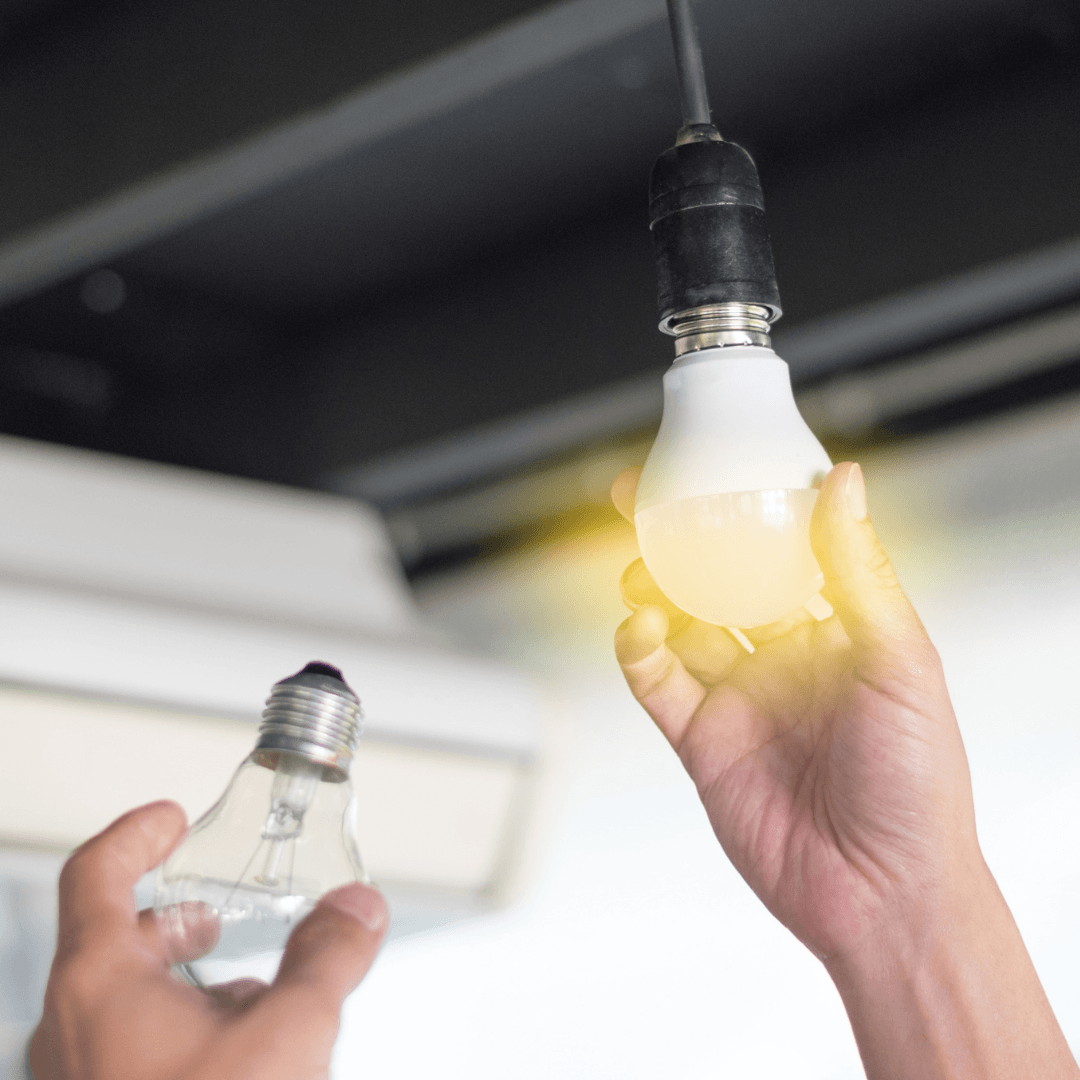
2. Longevity
The extended lifespan of LED bulbs is a crucial aspect of their contribution to sustainable architecture.
LED technology's durability and efficiency allow these bulbs to last significantly longer than traditional lighting options.
While an incandescent bulb may last around 1,000 hours, an LED bulb can illuminate up to 25,000 hours or even more, depending on the quality and usage.
This longer lifespan means LED bulbs require fewer replacements over time, reducing waste from discarded lighting products.
Additionally, fewer replacements result in lower demand for manufacturing new bulbs, reducing the environmental impact associated with producing and transporting lighting materials.
The reduced waste and lower demand for manufacturing resources contribute to a more sustainable approach to lighting solutions in architecture.
With LED bulbs, buildings can significantly reduce their ecological footprint by embracing a lighting technology that saves energy during use and minimizes the environmental impact throughout its lifecycle.

3. Reduced Carbon Footprint
LED lighting's contribution to sustainable architecture extends to reducing the carbon footprint of buildings and infrastructure.
Compared to conventional bulbs, LED bulbs require less electricity to create the same amount of light, greatly reducing greenhouse gas emissions like carbon dioxide (CO2).
The U.S. Department of Energy estimates that switching to LED lighting could reduce electricity consumption by over 50%.
This substantial reduction in energy consumption directly translates to a corresponding decrease in CO2 emissions from power plants and other sources.
With global concerns over climate change and its environmental impact, adopting LED lighting in sustainable architecture is crucial in combatting this issue.
Buildings are responsible for substantial energy consumption and greenhouse gas emissions worldwide.
Embracing LED technology in architectural designs can be a powerful step toward achieving sustainable and climate-friendly construction practices.
By choosing LED lighting, architects, builders, and homeowners contribute to the collective efforts of mitigating climate change and fostering a more sustainable future for generations.
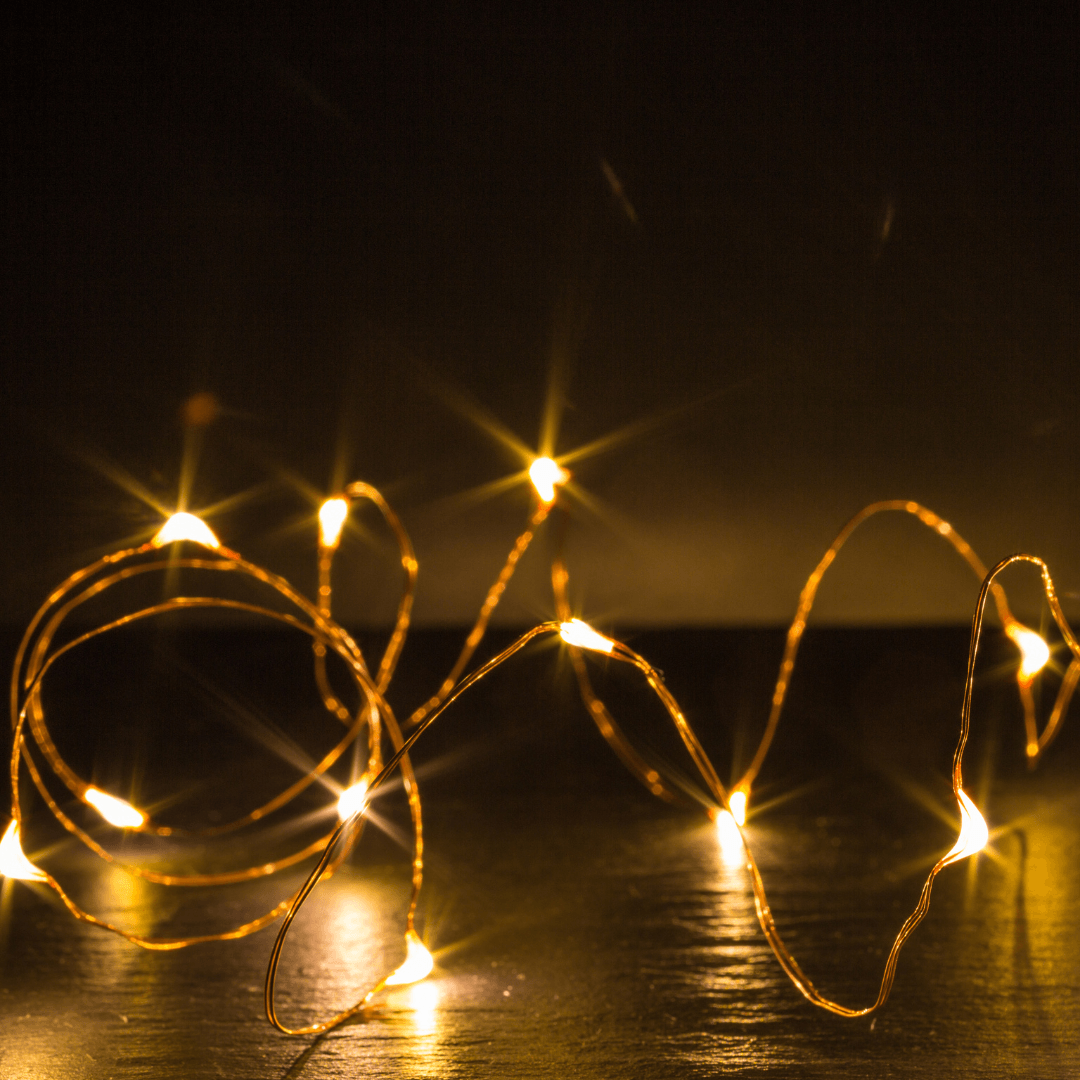
4. Directional Lighting
LED lighting's directional nature is a significant advantage in sustainable architecture, as it allows for precise and efficient lighting.
Unlike traditional bulbs that emit light in all directions, LEDs emit light in a specific direction, enabling designers to target illumination exactly where it is needed.
This focused lighting reduces light pollution, a growing concern in urban areas, where excessive artificial light interferes with natural ecosystems and disrupts wildlife behaviour.
Unnecessary and upward-directed light can lead to skyglow, obscuring celestial views and impacting astronomical research.
Additionally, light pollution disrupts the natural circadian rhythms of various species, affecting their breeding patterns and overall behaviour.
By using LEDs in sustainable architecture, designers can minimize light spillage and ensure that the light is used efficiently without causing undue environmental harm.
This targeted lighting approach not only enhances visual comfort for occupants but also contributes to preserving the natural darkness of the night sky and promoting ecological harmony.
In eco-sensitive areas or near wildlife habitats, the directional nature of LED lighting can be particularly advantageous in minimizing human-induced disturbances and fostering coexistence between urban development and the surrounding natural world.
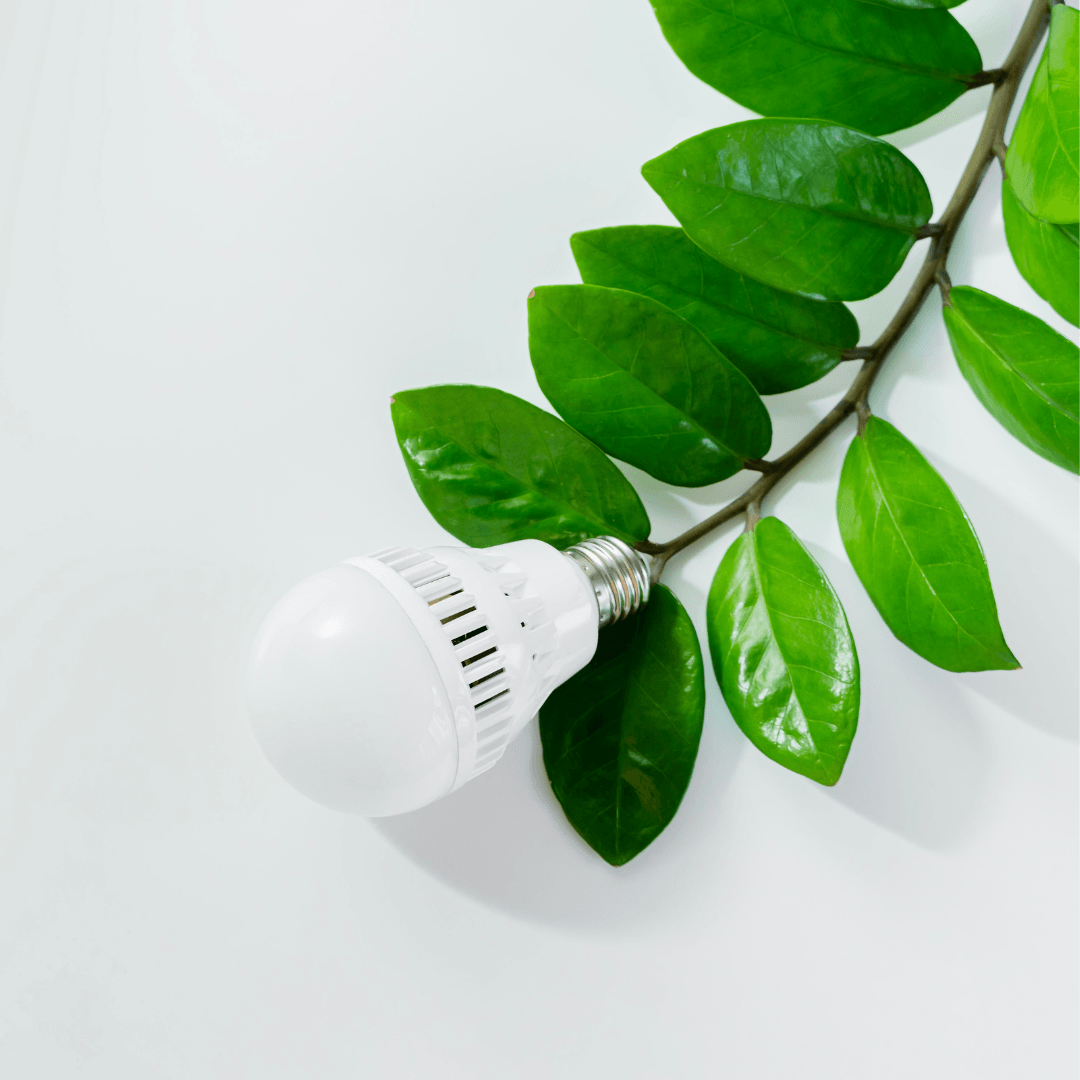
5. Sustainable Materials And LED Lighting For Sustainable Architecture
LED lighting manufacturers have made significant strides in adopting sustainable practices and using eco-friendly materials in their products.
Unlike traditional lighting options that often contain harmful substances like mercury and lead, many LED bulbs are free from toxic materials.
LED chips are typically made from semiconductors like gallium, arsenide, and phosphide, which are considered less harmful to the environment.
Furthermore, the production process of LEDs requires fewer raw materials and generates less waste than traditional bulbs, reducing the strain on natural resources.
In addition to eco-friendly materials, LED lighting products are designed for greater recyclability, making it easier to recover valuable components and reduce electronic waste.
Sustainable materials combined with the longer lifespan of LED bulbs contribute to a more circular economy, where products are used efficiently and recycled rather than disposed of after a short period.
Architects and designers can align their projects with environmentally conscious principles by choosing LED lighting made from sustainable materials and contribute to a greener and more sustainable future.

6. Compatibility With Renewable Energy
The compatibility of LED lighting with renewable energy sources is a significant advantage for sustainable architecture.
Solar panels and wind turbines generate electricity from natural resources, and by coupling them with LED lighting systems, buildings can harness clean and renewable energy to power their lighting needs.
LED bulbs' high energy efficiency is particularly well-suited for pairing with renewable energy, as they require less electricity to produce the same brightness level as traditional lighting options.
During sunny or windy periods, when renewable energy generation is at its peak, LED lights can be fully powered by the excess energy produced by renewable sources.
Moreover, LED lighting's ability to dim or adjust brightness allows for better energy management in buildings, making it easier to optimize energy usage according to the available renewable energy supply.
By integrating LED lighting with renewable energy, sustainable architecture reduces its reliance on fossil fuels and contributes to a more stable and resilient energy infrastructure.
This synergy between LED lighting and renewable energy further enhances the eco-friendliness and sustainability of the built environment.
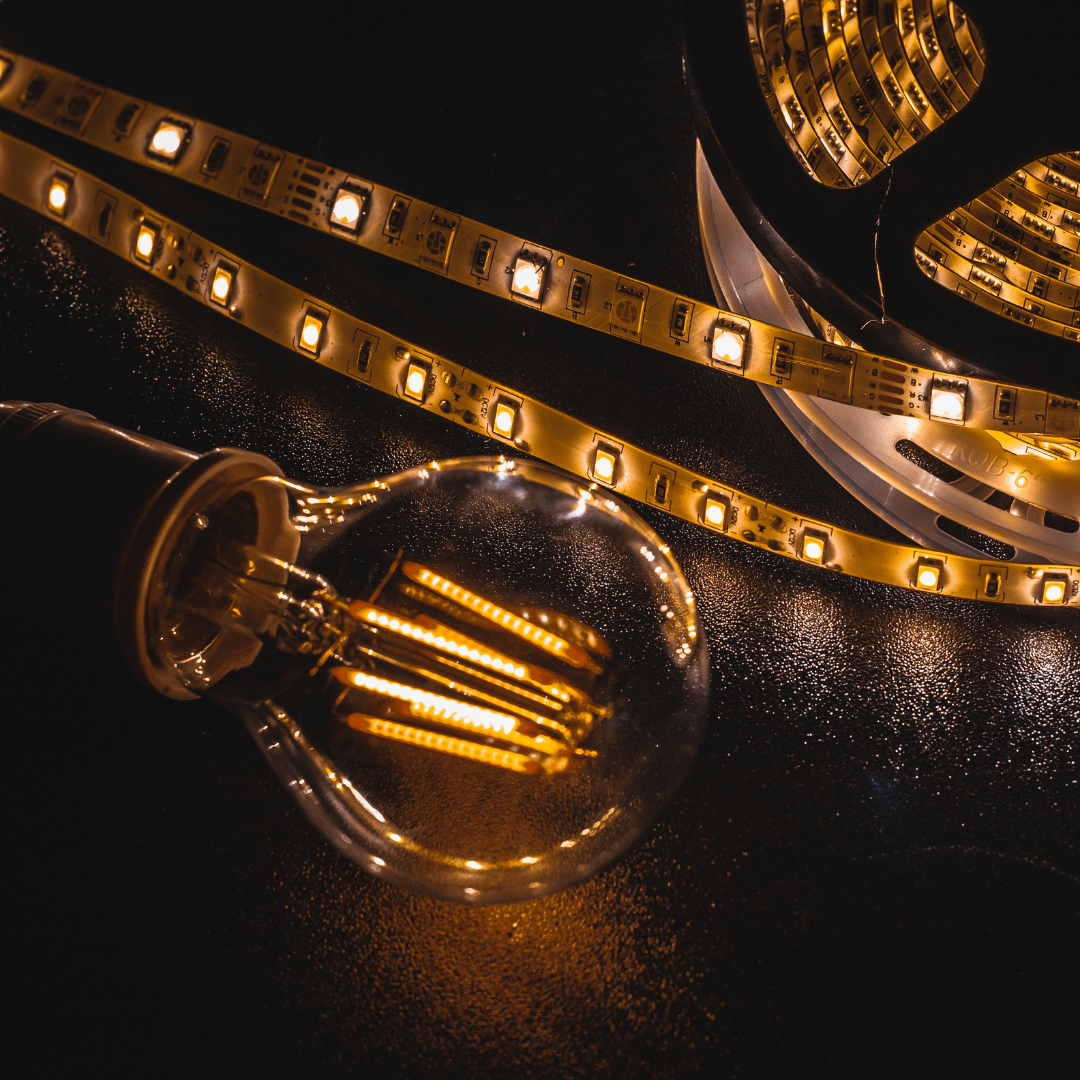
7. Design Flexibility
The design flexibility offered by LED technology is a valuable asset for architects seeking to create sustainable and visually appealing buildings.
LED lights come in various shapes, sizes, and colours, allowing architects to incorporate them seamlessly into the design of a building.
They can highlight architectural features, create dynamic lighting effects, and even change colours to suit different moods or occasions.
Additionally, LED lighting can be integrated into various architectural elements, such as walls, floors, and ceilings, to provide a seamless and integrated lighting design.
Controlling LED lights individually or in groups further enhances their design versatility, enabling architects to create unique and customizable lighting scenarios that cater to specific functional or aesthetic requirements.
Moreover, LED lights can be easily combined with other sustainable design elements, such as daylighting strategies and natural ventilation, to create an energy-efficient and environmentally friendly lighting scheme.
Overall, the design flexibility of LED technology empowers architects to push the boundaries of sustainable architecture and create buildings that reduce energy consumption and inspire and captivate occupants with their visually stunning lighting solutions.

8. Heat Emission Reduction
LED lighting's heat emission reduction plays a crucial role in improving the overall energy efficiency of sustainable architecture.
Unlike traditional incandescent bulbs, which convert a significant portion of the energy they consume into heat, LED bulbs are much more efficient in converting electricity into light, producing minimal heat as a byproduct.
This reduced heat emission prevents wasted energy and positively impacts the indoor environment of buildings.
During hot weather, buildings equipped with LED lighting experience lower cooling loads as there is less excess heat to be removed by air conditioning systems.
This translates to decreased energy consumption for cooling, leading to cost savings and a reduced carbon footprint.
Moreover, the lower heat emission contributes to a more comfortable and sustainable indoor environment, reducing the need for excessive cooling and allowing for better temperature regulation.
By incorporating LED lighting in sustainable architecture, designers can create energy-efficient, eco-friendly buildings that prioritize occupant comfort and environmental preservation.
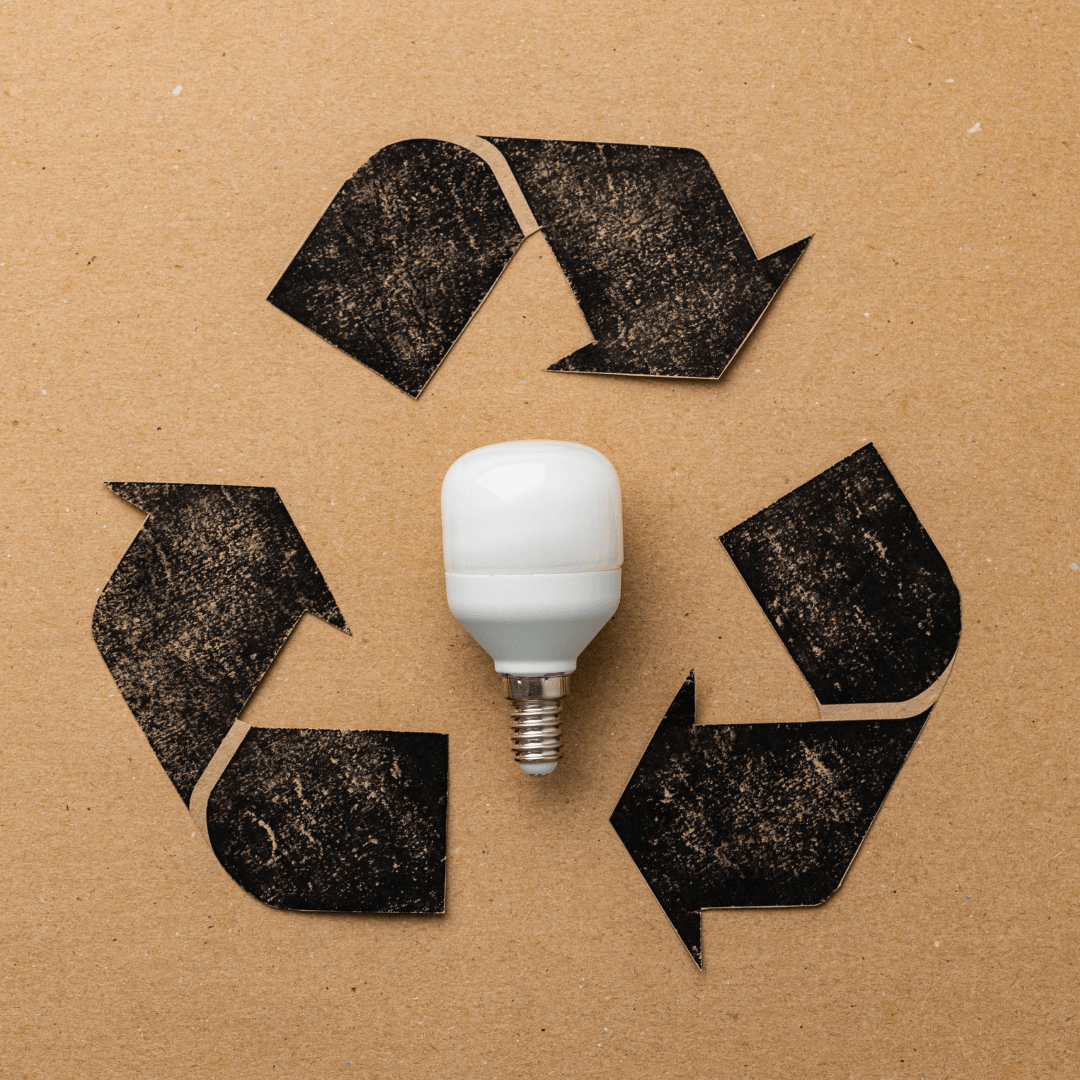
9. Recyclability
The recyclability of LED lighting components is a significant advantage for sustainable architecture and environmental conservation efforts.
LED bulbs are designed with materials that can be recycled, such as aluminum, glass, and some plastic components.
When disposed of properly, recycling facilities can recover valuable materials from these bulbs, reducing the need for new raw materials and minimizing the environmental impact of electronic waste.
Recycling LEDs also prevents hazardous substances, like mercury in older lighting technologies, from ending up in landfills and potentially contaminating the soil and water sources.
Additionally, recycling reduces the energy and resources required for manufacturing new products, contributing to a more circular and resource-efficient economy.
Architects and building managers can implement responsible LED lighting disposal programs to promote sustainable practices.
By doing so, they contribute to a greener and more eco-friendly approach to waste management, aligning with the principles of sustainable architecture and environmental stewardship.
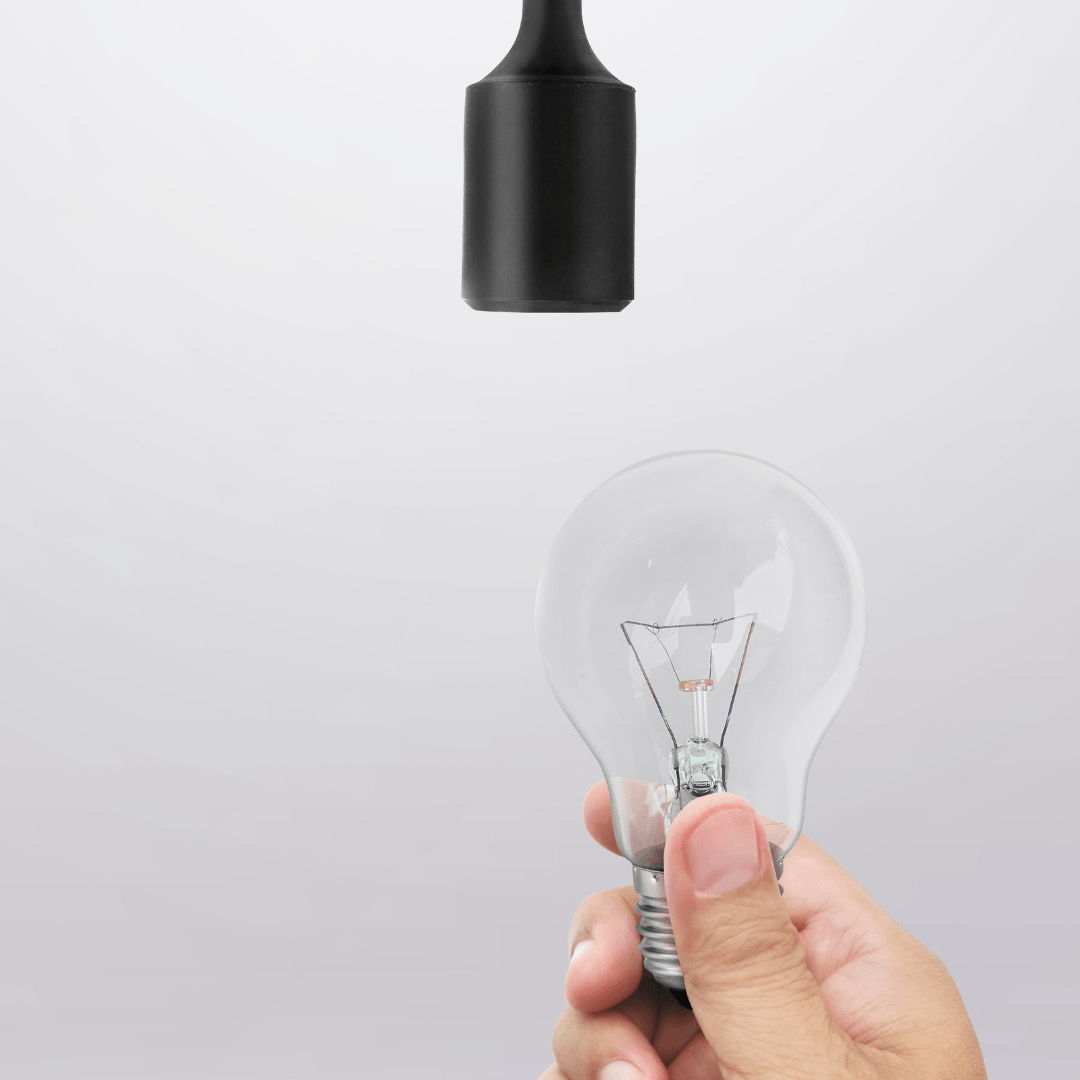
10. Maintenance Savings
LED lighting's extended lifespan brings significant maintenance savings for sustainable architecture projects.
Due to their limited lifespans, traditional lighting technologies like incandescent or fluorescent bulbs often require frequent replacements.
In contrast, LED bulbs can last up to 25 times longer, reducing the frequency of bulb changes.
This aspect is especially advantageous for large commercial buildings, public spaces, or outdoor lighting installations, where the sheer number of lights can result in substantial maintenance efforts and costs.
With fewer replacements, building owners and facility managers save time, labour, and resources on maintenance tasks, allowing them to focus on other aspects of building management.
The reduced need for maintenance interventions also contributes to a more seamless and uninterrupted lighting experience, promoting better safety and comfort for occupants.
The combination of lower energy consumption and reduced maintenance costs makes LED lighting a compelling choice for sustainable architecture, aligning economic benefits with eco-friendly practices for a greener and more cost-effective lighting solution.

11. Reducing Light Trespass
LED lighting's ability to control the direction of light offers a crucial advantage in reducing light trespass, a phenomenon where excessive artificial light spills into unintended areas.
This is particularly relevant for urban and suburban settings, where outdoor lighting can inadvertently disturb nearby natural habitats and ecosystems.
LED fixtures can be designed with precise optics to direct light where needed while minimizing light spillage into neighbouring properties, such as private residences, parks, or wildlife areas.
By reducing light trespass, LED lighting helps protect nocturnal animals' natural behaviours and habitats, prevents disruption to nesting birds, and minimizes adverse effects on plant growth and pollination.
Moreover, by focusing the light's output and avoiding unnecessary dispersion, LED technology significantly lowers light pollution, which can negatively impact human health, wildlife behaviour, and astronomical observations.
Sustainable architecture incorporating LED fixtures with proper shielding and optical control prioritizes energy efficiency and longevity.
It demonstrates a commitment to preserving the surrounding environment and maintaining the ecosystem's delicate balance.

12. Designing With Circadian Rhythms
Designing with circadian rhythms in mind is an innovative application of LED lighting that can significantly impact the well-being of building occupants.
LED fixtures with tunable colour temperatures allow architects and lighting designers to create lighting schemes that mimic the natural changes in daylight throughout the day.
By providing cooler and bluer light in the morning and warmer and redder light in the evening, LED lighting can help regulate individuals' internal clocks, supporting their circadian rhythms.
This has been shown to improve sleep patterns, enhance alertness and productivity during the day, and contribute to overall well-being.
Circadian lighting can increase employee productivity, and student focus in commercial settings, such as offices and schools.
In healthcare facilities, patient recovery times can be positively influenced by a lighting environment that promotes a natural sleep-wake cycle.
Additionally, circadian lighting can enhance comfort and relaxation in residential spaces, promoting better sleep quality.
By harnessing the potential of LED lighting to align with circadian rhythms, sustainable architecture can save energy and foster healthier and more productive environments for its occupants.
Conclusion
LED Lighting For Sustainable Architecture is pivotal in sustainable architecture, offering numerous benefits that align with environmental responsibility and energy conservation principles.
LED technology has revolutionized illuminating spaces, providing energy-efficient, long-lasting, and eco-friendly lighting solutions.
LED lighting reduces energy consumption, carbon emissions, and light pollution, promoting a healthier environment for humans and wildlife.
As we seek greener and more sustainable solutions, LED lighting remains an indispensable tool for environmentally conscious architecture.
LED lighting is a shining example of how innovation can contribute to a more sustainable and brighter future for our planet.
I trust you enjoyed this article on LED Lighting for Sustainable Architecture. Please stay tuned for more blog posts shortly. Take care!
JeannetteZ
Your Opinion Is Important To Me
Do you have thoughts, ideas, or questions? I would love to hear from you. Please leave your questions, experiences, and remarks about LED Lighting for Sustainable Architecture in the comments below. You can also reach me by email at Jeannette@Close-To-Nature.org.
Disclosure
This post may contain affiliate links. As an Amazon Associate and other affiliate programs, I earn from qualifying purchases at no extra cost to you. Please read my full affiliate disclosure.
You might also enjoy these blog posts:
Common Cat Illnesses And Their Treatments
The Most Beautiful Horse Breeds
A Glimpse Into The World Of African Elephant Habitats
Best Natural Healing Therapies For Migraines


